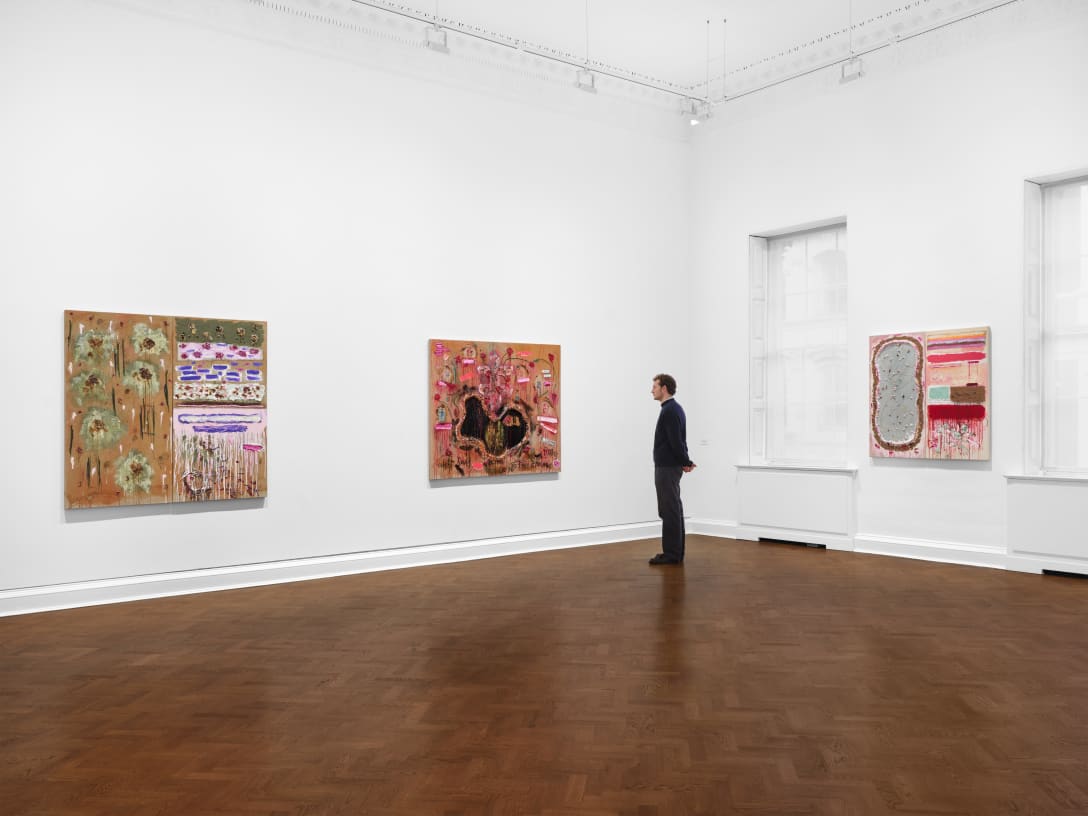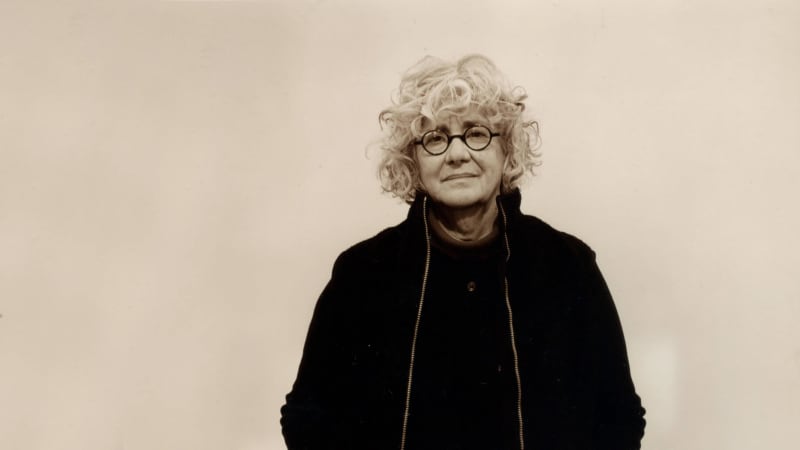‘Mirrored copper reflects viewer’
By Hanna Lee
Images that appear to be unrelated to one another are randomly screened on shiny copper sheets. The newspaper that revealed the political situation during the turbulent period, the statue of Jesus in the Catholic church, and everyday objects are all mixed together. The rough copper surface with the image of a drought-scarred field and scratches reflects my appearance as if it has me intervened in a historical land of South America 40 years ago. Just as in Yoon Dong-ju’s poem “Memory” in which one looks at oneself in a rusted copper mirror, we see ourselves in the daily landscape of a strange country.
Thaddaeus Ropac Seoul in Hannam-dong presents the series of Copperhead-Bites by Robert Rauschenberg, the prolific American artist who constantly experimented with new materials and techniques and significantly influenced other artists of Abstract Expressionism and Pop art.
This series is the outcome of the ROCI project, which Rauschenberg funded himself and ran from 1984 to 1991 as he was so deeply concerned about social issues. He travelled to 10 countries, including Mexico, Chile, Venezuela, China, the Soviet Union, and Germany, where artistic expression was frequently suppressed. Through dialogue with the local artists and exhibitions in regional museums, he was able to communicate with various cultures through art.
Rauschenberg observed the copper that was also the material that Chilean artists frequently used in their work during his trip to Chile in 1984, the country that produced the most copper in the world. There is also an interpretation that Rauschenberg witnessed the reality of workers in poor conditions in Chilean copper mines during Augusto Pinochet's military regime at the time and used the copper to show solidarity with the country.
After he learned how to use copper as a support for painting and how to discolour copper at a copper mine and foundry in northern Chile, Rauschenberg returned to his studio in Captiva, Florida to continue various experiments. He then silk-screened the images from the photo he had taken in Chile and added his own ‘touch’ with acrylic paint and tarnish agents. 12 Copperhead-Bites were produced in this technique and exhibited at the Museo Nacional de Bellas Artes, Santiago in 1985. Eight Copperhead-Bites from this series are exhibited in Seoul alongside three Copperheads (1985). It is interesting to see the photographs, included in the exhibition, which served as source images for the paintings. The later works in 1989 are simpler, but painted in enamel instead of acrylic, and include his gestures to show an artistic aesthetic.















































































































































































